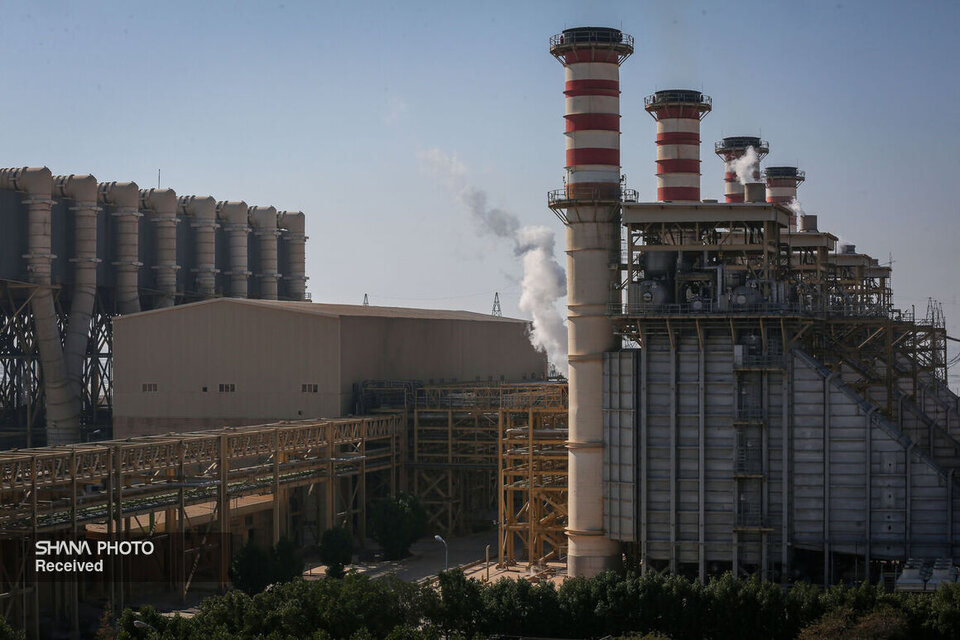“Under these conditions, even in summer months, reducing gas extraction isn’t feasible—a challenge for planning major overhauls. However, we hope to overcome these issues through extra effort,” said Touraj Dehqani.
Dehqani noted that the South Pars gas field—the world’s largest—has been jointly developed by Iran and Qatar for over 20 years. Iran currently extracts more than 700 million cubic meters of gas daily from the shared field.
He warned that in coming years, South Pars will face declining pressure and reduced output as it enters the second half of its lifespan. “In such conditions, enhanced recovery methods—including pressure boosting—are essential to sustain production,” he added.
South Pars gas compression project begins
Dehqani explained that while gas compression plans had been under conceptual and engineering study for years, delays occurred. However, necessary decisions were finally made.
Late last year, seven contracts for seven designed hubs were signed with four Iranian exploration and production companies experienced in South Pars development. The contracts, finalized by the National Iranian Oil Company, were recently handed over to Pars Oil and Gas Company for strategic management.
“Preparations are underway to operationalize these contracts effectively and meet predefined goals,” he said.
New wells drilled to sustain gas output
With South Pars in its second half of production life, Dehqani said additional measures—including infill drilling—are justified. Under the infill plan, 35 wells are being drilled, with four rigs currently active.
One well was completed late last year and began production, while two others will soon come online. Further engineering studies for a second drilling phase have been completed, with approvals pending.
Challenges in South Pars overhauls
Iran operates 39 offshore platforms in the shared field—37 production platforms and two support platforms with about 300 wells—extracting over 700 million cubic meters of gas daily.
Dehqani stressed that the high-pressure, high-temperature gas requires careful maintenance and optimal operation under global standards. With most assets aging, overhaul work is critical.
This year’s overhauls, already underway in Phase 14, are nearing completion. Phase 12 overhauls are next, with comprehensive plans set for platforms and pipelines in coming months.
Unlike previous years, halting production during overhauls is no longer feasible due to heightened summer energy demand. “This complicates major maintenance, but we aim to tackle these challenges,” Dehqani said.


Your Comment